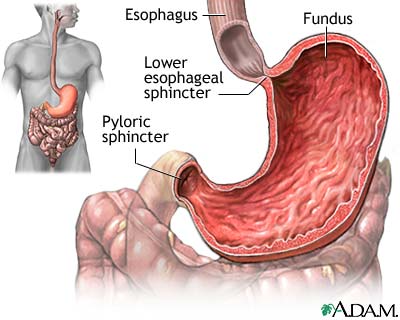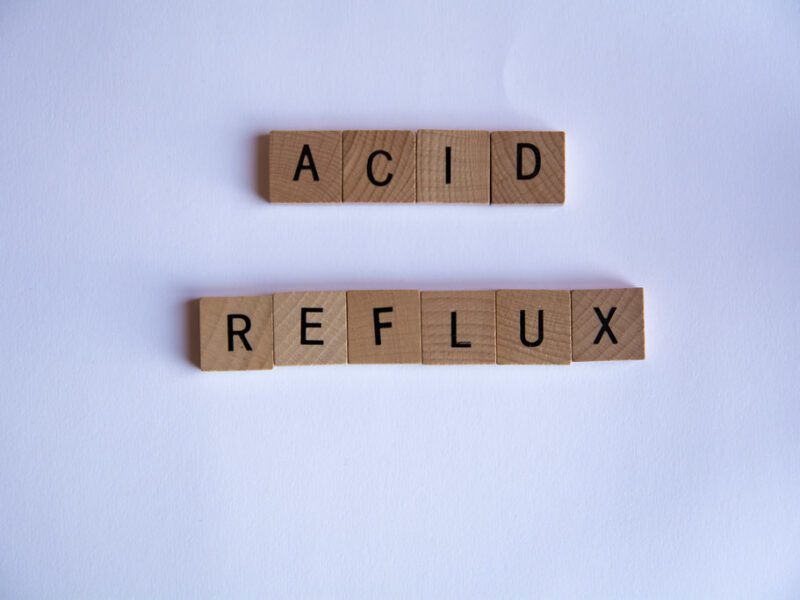Acid reflux disease, also known as gastro-esophageal reflux disease (GERD), arises from the convergence of two underlying medical conditions. The primary contributing factor is the retrograde flow of stomach contents into the esophagus.
However, this reflux alone does not invariably lead to GERD symptoms or histological changes and can occur in healthy individuals, termed as “physiologic gastroesophageal reflux.”
The Role of the Lower Esophageal Sphincter (LES)

The second predisposing condition for acid reflux disease is a malfunction of the lower esophageal sphincter (LES). The LES, a muscular ring measuring 3-4 cm, acts as a valve between the esophagus and the stomach.
In cases of acid reflux disease, the LES fails to close adequately, allowing stomach contents to regurgitate into the esophagus. When this process manifests pathological symptoms, the condition is termed acid reflux disease.
Identifying GERD Symptoms
GERD typically presents as persistent heartburn, experienced at least twice weekly. Heartburn manifests as a burning sensation in the chest or throat, triggered by stomach contents contacting the esophageal lining.
Occasional heartburn, even among healthy individuals, is common and does not necessarily indicate GERD.
Recognizing Associated Symptoms

GERD sufferers may also encounter additional symptoms such as chest pain, coughing, morning hoarseness, voice changes, difficulty swallowing (especially with solid foods), chronic earaches, chest pains resembling burning sensations, nausea, or sinusitis. Some individuals report sensations of food obstruction, choking, or throat tightness.
These symptoms arise from continuous acid reflux, causing esophageal inflammation and tissue damage.
Potential Health Complications
Untreated acid reflux disease can lead to severe complications, including stricture formation, bleeding, ulcers, and esophageal spasms. Acid reaching the upper esophagus and trachea may result in conditions like asthma, sinusitis, or pneumonia.
Barrett’s Esophagus, characterized by abnormal cellular changes in the esophageal lining, may develop, particularly in adults over 60, predisposing them to esophageal cancer.
Treatment Approaches: Medical vs. Holistic
Treatment options for GERD encompass surgery, medical therapy, and holistic approaches involving dietary and lifestyle modifications, along with specific herbal supplements.
Surgical intervention warrants careful consideration due to potential complications, while medical therapy typically involves proton pump inhibitors (PPIs) and H2 blockers.
Holistic treatment views acid reflux disease as a warning sign of internal imbalance, advocating for alternative remedies like homeopathic or herbal treatments, coupled with lifestyle adjustments, as part of a comprehensive holistic regimen.
Conclusion
Understanding acid reflux and its potential ramifications is crucial for effective management. Whether opting for conventional medical interventions or embracing holistic approaches, addressing GERD comprehensively can significantly improve quality of life and mitigate associated health risks.
To explore permanent solutions for heartburn and acid reflux while enhancing overall well-being, click here.


